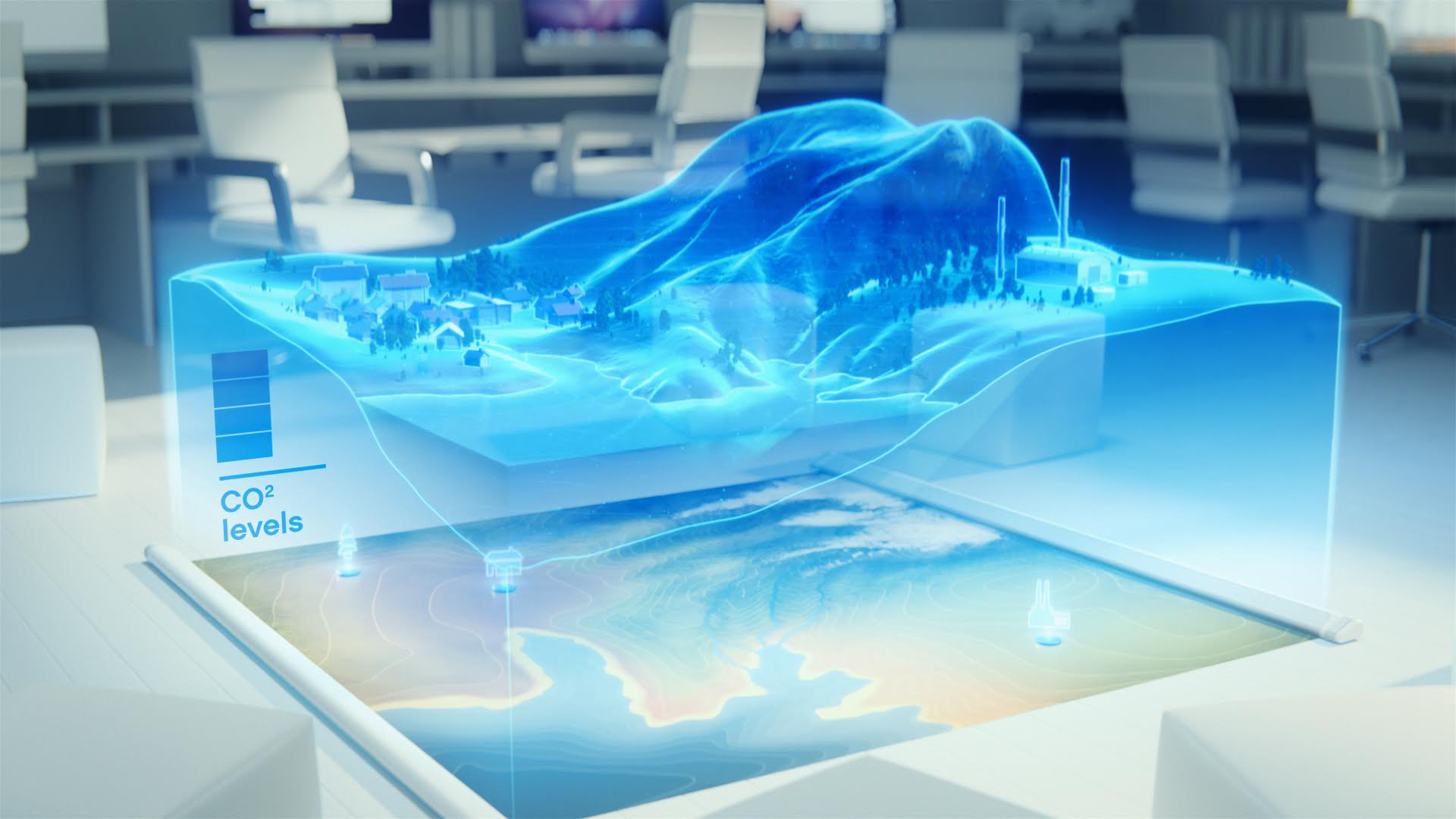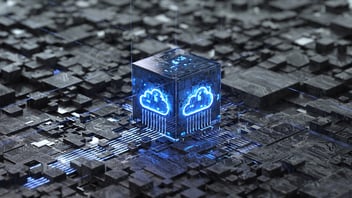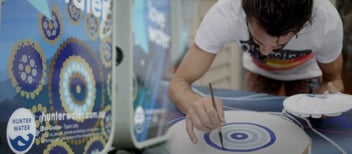Podcast – Putting the AR in Water with David Manuel of TeamViewer and SAP

In the latest episode of our United by Water podcast, host Jo Taranto sits down with David Manuel (Strategic Alliances Manager at TeamViewer) to discuss augmented reality in the water industry.
David Manuel is a self-described evangelist for transformative technologies and has implemented extended reality solutions as part of his role at TeamViewer. He joins podcast host Jo Taranto to implore other water utilities and professionals to get more involved in the Augmented Reality (AR) space.
Listen below!
David, you’re a self-described evangelist for transformative technologies, I haven't heard that term before, can you tell me what you're passionate about and how you got involved in this space?
It’s all in the name! Transformative technologies help transform business operations and the lives of people so being an evangelist means I'm someone who likes to get involved in emerging technologies which haven't been established in the market yet. I’m out there proclaiming the message of the new technology. That is my passion.
Have you got a software background yourself?
I started off in the IT industry as a project engineer in software but very quickly I realised that I li8ke explaining technology to other people more and that’s how I slowly got into sales and now I manage alliance for TeamViewer.
Your role is about building partnerships between different platforms or software and one of those is this relationship between TeamViewer and SAP, can you tell me how it came about?
From a TeamViewer perspective, we like to add more value to our customers businesses and very often we find that combining forces with complimentary vendors like SAP means that the combined solution is more relevant for the customer. As an example, we have an industrial Augmented Reality (AR) solution and one of the key use cases for that solution is in warehousing by using a hands-free AR solution. A warehouse worker can be guided through the process of picking and packing and that solution, when combined with SAP's warehouse management solution takes the combined software to the next level. From a customer perspective, that helps the customer achieve their digital transformation goals much quicker.
When you talk about extended reality David, you're talking about AR but there's others as well, can you tell us about the difference between the extended reality platforms?
Augmented Reality is a term that has been very loosely applied to multiple technologies and variations. When you talk about AR, for most people, what comes to mind is Virtual Reality (VR), Oculus, gaming etc but that's not where TeamViewer as a company plays in, so our focus is entirely on the industrial space.
How is AR software relevant for the water industry? what sort of spaces do you see Team Viewer and SAP being used?
AR is most relevant to Industries and businesses who have a field work force, if you look at typical water utilities especially if it's a large water utility, they might have between 1-2 thousand, if not more and all these field workers need to have access to the backend business software in some shape or form to be able to do their jobs properly. In some cases, they use a tablet and that works but sometimes it does not make sense, it leads to some safety and ergonomic issues. In other cases, they use pen and paper to jot down their findings in the field, they then go back to their office, hop on their computer, type it all up etc and a lot of workers feel those admin tasks are a chore and it's doubling up their work.
With hands-free technology like assisted reality, what we can provide these field workers with the ability to do their documentation on-site so they can do the interaction with the backend business software at the site itself. They don't have to double up their work back in the office and they can do all of that in a very ergonomically friendly, hands-free safe manner.
How does the SAP TeamViewer software help with sustainability in water?
One of the key benefits which our customers derive from our software is reducing carbon emissions primarily through restricting fleet movements. If you have an issue at a pumping station and the staff at the pumping station are not familiar with that particular problem and don't know how to fix it, rather than sending someone from another city, flying that person over, then driving for another half a day and getting to the site and fixing the issue, that particular person can be at the head office, remotely guide the workers at the pumping station via Augmented Reality and fix the issue without any time delay, so cumulatively you take into account the number of fleet movements and travel required for these field workers in a water industry, add that up together and the end result is a massive carbon offset.
What is the future for this sort of technology and do you think that there's a lot of incredible opportunities just waiting to be unlocked?
Technologies like AR in the industrial world is not entirely new, they have been adopted for the better part of the last decade however we have still only scratched the tip of the iceberg in truly transforming how people go about their daily work. It's changing the workspace and giving the field workers the same level of access to digital tools as someone who sits in an office in front of a computer and that's truly transformative.
The best thing about these technologies is it’s very adaptable can be customised to the exact processes of the business. Once you embed technologies like AR as part of the digital workspace of your workforce, the possibilities are limitless. We're not just talking about time, cost, or travel savings, we’re talking about a better way to do work.
Thank you to David Manuel and Jo Taranto.
This podcast is proudly sponsored by Schneider Electric





